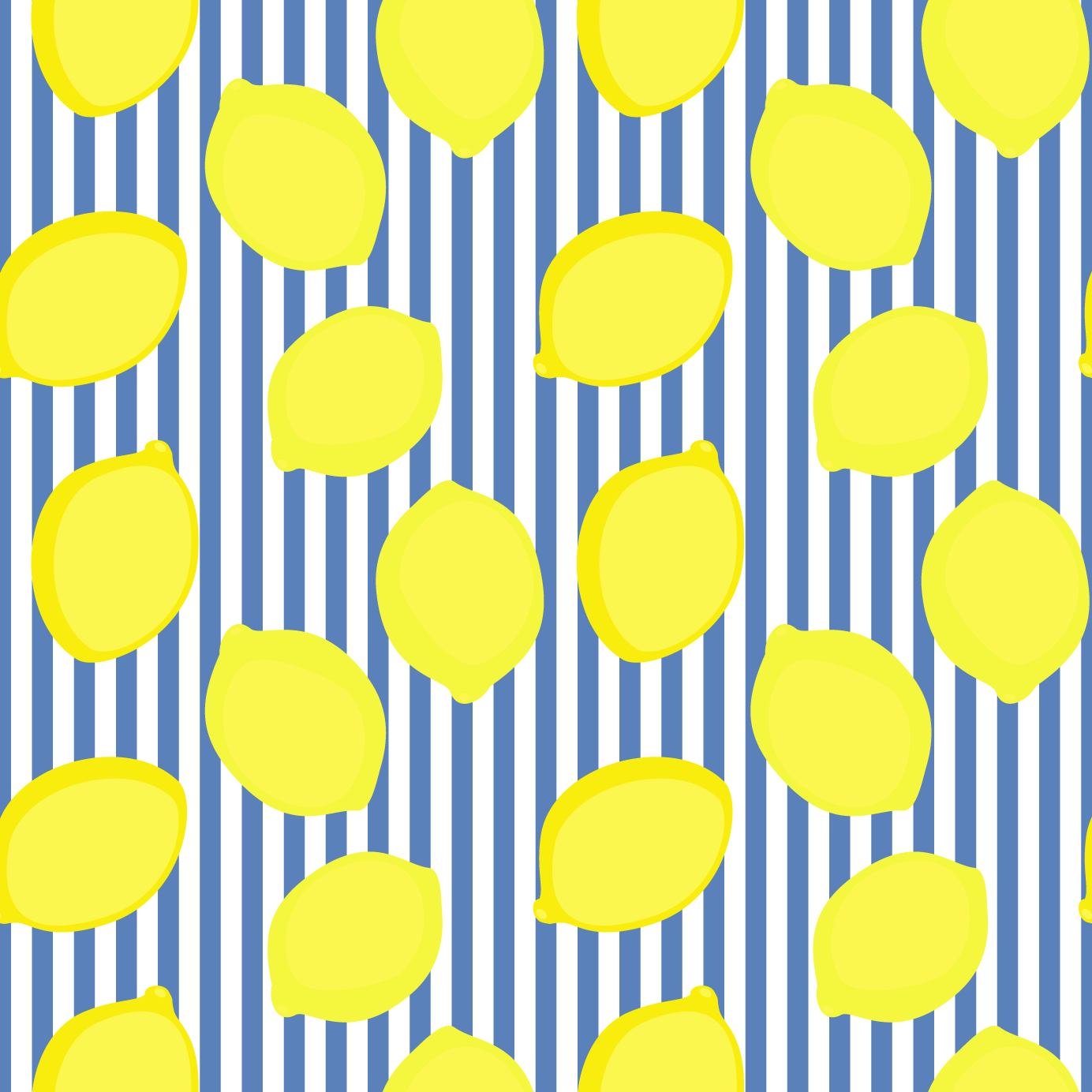There was a time when the single most popular phrase among a certain subset of wine drinkers was “high-acid.” Exhausted from the uber-ripe, fruity, and boozy juice of the previous era, many sommeliers and wine professionals began extolling the virtues of high acidity in the mid-2000s.
Granted, it’s hardly controversial to assert that acidity is an integral part of a balanced wine. The question now is more about whether wine professionals are still fiending for that acid tang. Are somms still in love with high-acid wines?
First off, acidity is not as straightforward as it sounds. All wine is naturally acidic. There are complicating factors, of course, but you can generally think about acidity and sugar as having an inverse relationship in a maturing grape: The riper a grape gets, the more sugar there is, and the less acidity that wine will have. Everything else being equal, wines from cooler climates will have more perceptible (and measurable) acidity, while wines from warmer climates will be richer in sugar and therefore have less acidity.
There are two complicating factors. On one hand, winemaker intent can go a long way toward determining the acid profile of a wine. If the grapes are picked very early, they will retain high levels of acidity, even in warmer climates. This is why Provencal rosé, for example, is generally quite bracing, even though Provence itself is a warm area. There are tons of other compounds in wine that we love, and many of the most complex and interesting of them are among the last to develop in the grape. So picking early can preserve acid but also produce relatively innocuous wines.
The second issue is that, in much of the world, winemakers can (and sometimes do) either acidify or de-acidify their wines, depending on growing conditions and desired flavor profile.
Why should you care? Well, acidity in wine does more than just clue you in to the place of origin. It can determine the context in which a wine is pleasurable. High-acid wines demand some counterbalancing force, lest they overwhelm your palate: Sugar, fat, and salt are the most common ones. It’s why the phrase “food-friendly” is so often appended to these wines, yet when tasted outside of that context, they can be stark and painful, especially to those with more sensitive palates.
“I love acidity in my wines, but they must be in balance,” Andrea Hillsey, owner of Square Wine Co. in Madison, Wisc., says. “I have found some wines too high in acidity, but I do feel that is the natural projection of market trends: ‘Let’s push a market trend as far as we can until it has no option but to swing back!’”
Hillsey is partial to Riesling, sparkling wines, and “high-toned reds like Gamay Noir, Cabernet Franc, and Pinot Noir.” She finds that she only drinks wines like Sancerre and Txakoli in certain settings.
“The more wine I drink the more I realize texture plays an important role,” Hillsey says. “I think acid in wine can help articulate texture in wine when balanced. I very rarely drink wine without food and I think a lot of the wines in the shop reflect that. I don’t have that many customers coming in looking for high acid wines, but our regular clientele knows everything in the shop will have good acidity.”
That said, plenty of sommeliers still like their wine tart.
“I am a total acid junkie,” Alex Anderson, sommelier at Nightingale in Vancouver, British Columbia, says. “I love pouring an electric and enamel-etching glass for myself — it’s just so refreshing.” She admits that her own tastes and those of her patrons can vary, though. “I know that my tolerance for acidity is different than my guests, so I am mindful of that,” Anderson says.
Wine buyers and sommeliers do still like that acid tang, but they’re more mindful than ever that those wines require the right context to be enjoyable. While bright and fresh might be the right qualities for a casual glass on a hot summer’s day, the best wines will always find a proper balance.
